Stadeo is a set of tools primarily developed to facilitate analysis of Stantinko, which is a botnet performing click fraud, ad injection, social network fraud, password stealing attacks and cryptomining.
Stadeo was demonstrated for the first time at Black Hat USA 2020 and subsequently published for free use.
The scripts, written entirely in Python, deal with Stantinko’s unique control-flow-flattening (CFF) and string obfuscation techniques described in our March 2020 blogpost. Additionally, they can be utilized for other purposes: for example, we’ve already extended our approach to support deobfuscating the CFF featured in Emotet – a trojan that steals banking credentials and that downloads additional payloads such as ransomware.
Our deobfuscation methods use IDA, which is a standard tool in the industry, and Miasm – an open source framework providing us with various data-flow analyses, a symbolic execution engine, a dynamic symbolic execution engine and the means to reassemble modified functions.
You can find Stadeo at https://github.com/eset/stadeo.
Usage examples
To work with Stadeo, we first need to set up a RPyC (Remote Python Call) server inside IDA, which allows us to access the IDA API from an arbitrary Python interpreter. You can use this script to open an RPyC server in IDA.
In all the examples below, we set up an RPyC server listening on 10.1.40.164:4455 (4455 being the default port), and then communicate with the server from a Python console.
We will use two Stadeo classes:
- CFFStrategies for CFF deobfuscation
- StringRevealer for string deobfuscation
Both classes can be initialized for both 32- and 64-bit architecture.
Deobfuscating a single function
SHA-1 of the sample: 791ad58d9bb66ea08465aad4ea968656c81d0b8e
The code below deobfuscates the function at 0x1800158B0 with the parameter in the R9 register set to 0x567C and writes its deobfuscated version to the 0x18008D000 address.
The R9 parameter is a control variable for function-merging the CFF loop (merging variable) and it has to be specified using Miasm expressions, which are documented here; note that one has to use RSP_init/ESP_init instead of RSP/ESP to refer to the stack parameters. For example, we would use ExprMem(ExprId("ESP_init", 32) + ExprInt(4, 32), 32) to target the first stack parameter on 32-bit architecture.
from stadeo.cff.cff_strategies import CFFStrategies
from miasm.expression.expression import ExprId, ExprInt
cs = CFFStrategies(64)
cs.solve_loop(0x1800158B0,
0x18008D000,
context={ExprId("R9", 64): ExprInt(0x567c, 64)},
ip='10.1.40.164')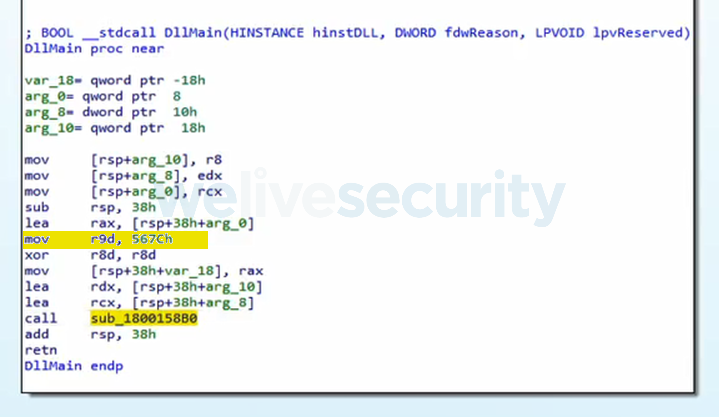
Figure 1. Call to the obfuscated function
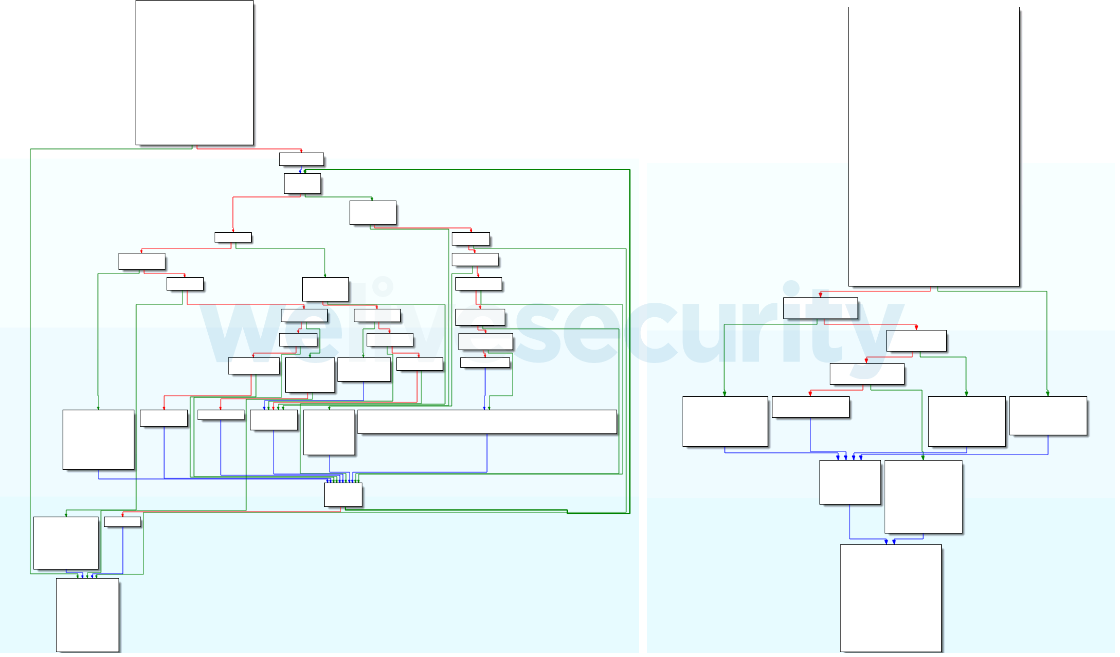
Figure 2. Obfuscated (left) and deobfuscated (right) CFG
Processing reachable functions
SHA-1 of the sample: e0087a763929dee998deebbcfa707273380f05ca
The following code recognizes only obfuscated functions reachable from 0x1002DC50 and searches for candidates for merging variables. Successfully recognized and deobfuscated functions are starting at 0x10098000.
from stadeo.cff.cff_strategies import CFFStrategies
strat = CFFStrategies(32)
res = strat.process_merging(0x1002DC50,
0x10098000,
ip="10.1.40.164")Partial output:
skipping 0x1002dc50 with val None: 0xbadf00d
mapping: 0x1001ffc0 -> 0x10098000 with val @32[ESP_init + 0x8]: 0x6cef
skipping 0x100010f0 with val None: 0xbadf00d
mapping: 0x1000f0c0 -> 0x100982b7 with val @32[ESP_init + 0x8]: 0x2012
mapping: 0x1003f410 -> 0x10098c8a with val @32[ESP_init + 0x4]: 0x21a4
mapping: 0x1003f410 -> 0x10098f3d with val @32[ESP_init + 0x4]: 0x772a
skipping 0x1004ee79 (library func)
...
Mapped functions were deobfuscated properly and skipped ones weren’t considered to be obfuscated. The format of the mapping lines in the output is:
mapping: %obfuscated_function_address% -> %deobfuscated_function_address% with val %merging_variable%: % merging_variable_value%
The default value for merging_variable_value is 0x0BADF00D. The skipping lines follow the same pattern, but there’s no deobfuscated_function_address. Library functions recognized by IDA are just skipped without further processing.
Processing all functions
SHA-1 of the sample: e575f01d3df0b38fc9dc7549e6e762936b9cc3c3
We use the following code only to deal with CFF featured in Emotet, whose CFF implementation fits into the description of common control-flow flattening here.
We prefer this approach because the method CFFStrategies.process_all() does not attempt to recognize merging variables that are not present in Emotet and searches only for one CFF loop per function; hence it is more efficient.
Successfully recognized and deobfuscated functions are sequentially written from 0x0040B000. Format of the output is the same as in the process_merging method used in the Processing reachable functions example, but naturally there won’t be any merging variables.
from stadeo.cff.cff_strategies import CFFStrategies
strat = CFFStrategies(32)
res = strat.process_all(0x0040b000,
ip="10.1.40.164")Partial output:
mapping: 0x00401020 -> 0x0040b000 with val None: 0xbadf00d
skipping 0x00401670 with val None: 0xbadf00d
mapping: 0x00401730 -> 0x0040b656 with val None: 0xbadf00d
...
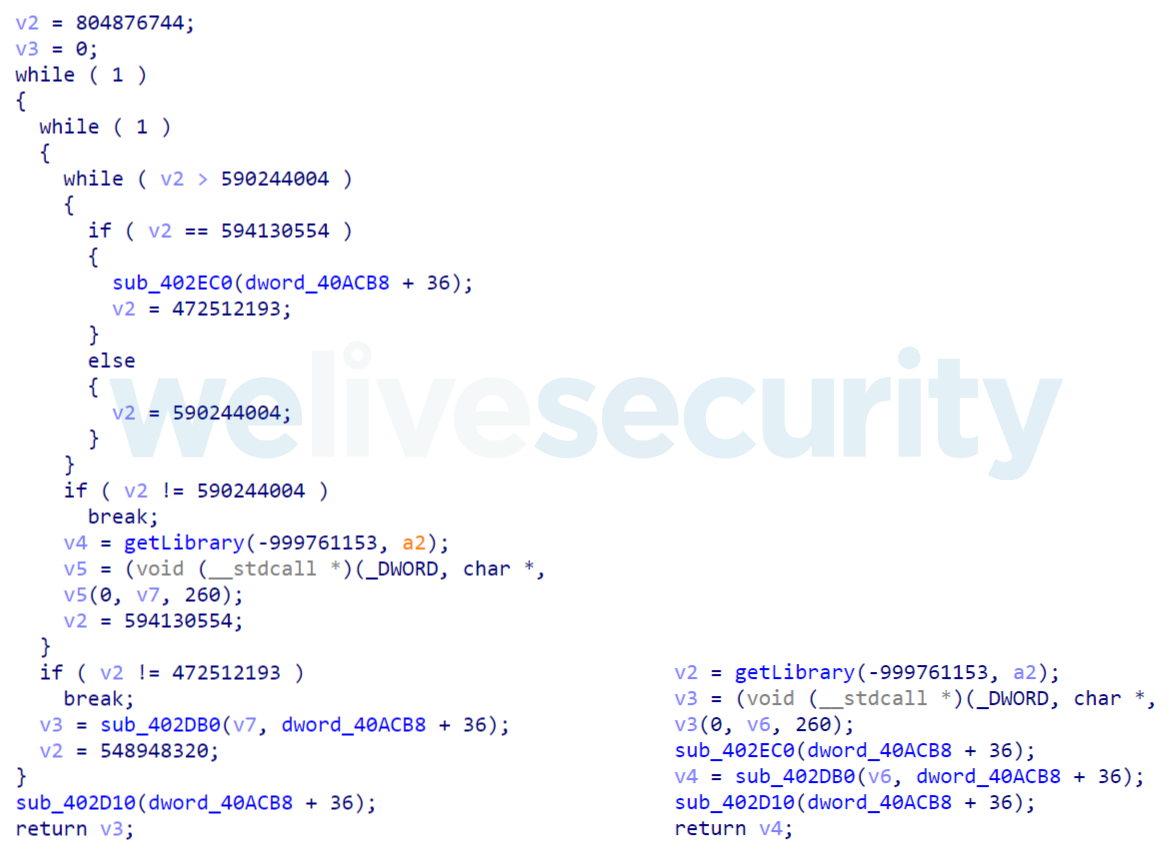
Figure 3. Example of obfuscated (left) and deobfuscated (right) function in Emotet
Redirecting references to deobfuscated functions
Stadeo doesn't automatically update references to functions after their deobfuscation. In the example below, we demonstrate how to patch a function call in Figure 1 from the Deobfuscating a single function example. The patched reference is shown in Figure 4.
We use the following code to patch calls, whose fourth parameter is 0x567C, to the obfuscated function at 0x1800158B0 with the deobfuscated one at 0x18008D000. Note that one has to make sure that IDA has recognized parameters of the function correctly and possibly fix them.
from stadeo.utils.xref_patcher import patch_xrefs
patch_xrefs(0x1800158B0,
0x18008D000,
{3: 0x567c},
ip='10.1.40.164')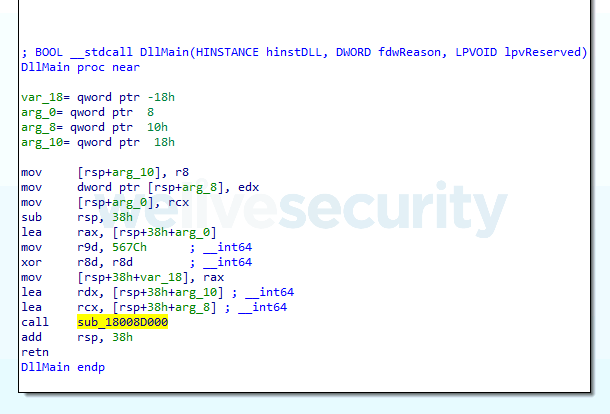
Figure 4. Patched reference
Revealing obfuscated strings in a function
The function StringRevealer.process_funcs() reveals obfuscated strings in the specified function and returns a map of deobfuscated strings and their addresses.
Note that control flow of the target function has to have been deobfuscated already.
In the example below, we deobfuscate the strings of the function at 0x100982B7, shown in Figure 5. The function itself was deobfuscated in the previous Processing reachable functions example.
from stadeo.string.string_revealer import StringRevealer
sr = StringRevealer(32)
strings = sr.process_funcs([0x100982B7],
ip="10.1.40.164")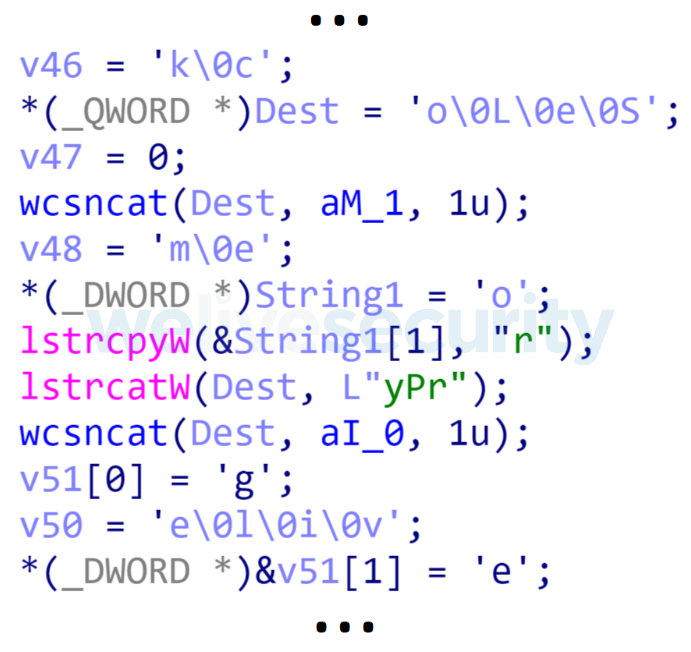
Figure 5. Part of the function at 0x100982B7 which clearly assembles a string
Content of the strings variable after the execution is:
{0x100982B7: {'SeLockMemoryPrivilege'}}
We hope that you find the Stadeo tools and this explanation of their use helpful. If you have any enquiries reach out to us at threatintel[at]eset.com or open an issue on https://github.com/eset/stadeo.





